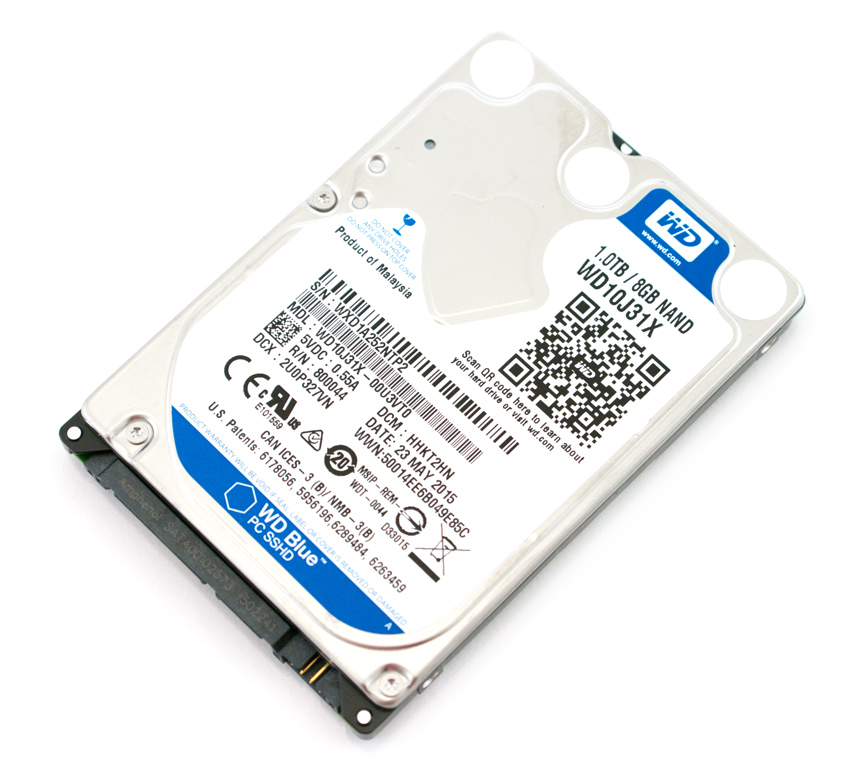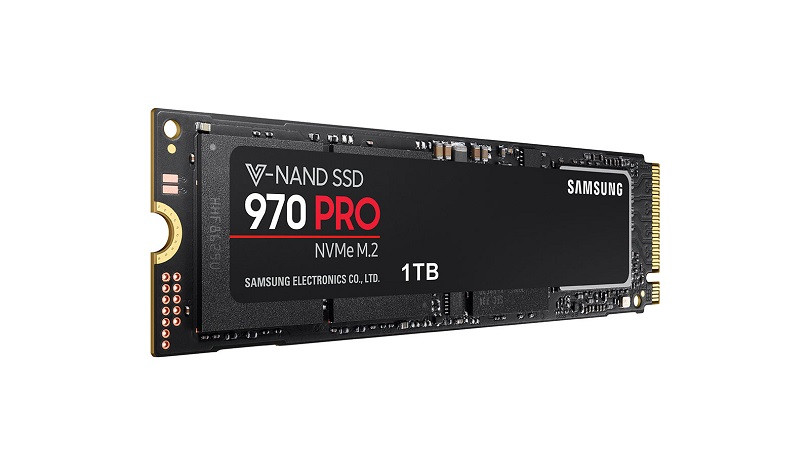Which Hard Drive Should You Buy for a Gaming PC
Building a new gaming PC is something that happens to be a lot more overwhelming than you might think in the first place. If you have built computers, then it really will not be an issue for you because you can easily buy the parts that you want, and once you are done buying the parts, you can start assembling your PC.
One of the most crucial components in any PC is the hard drive that you are going to use, or if I am to use a more umbrella term, the storage. There was a time when gamers were limited by the option when it comes to storage. However, that no longer applies as you can literally choose from so many storage options, both affordable and top of the line.
With that said, if you are looking to build a gaming PC, and you are wondering which hard drive should you buy for your new gaming PC, fret not, as we have covered all of the latest Gaming Hard Drives you can get in 2019. In this article, we are going to walk you through different storage types and tell you about the caveats of each as well as their benefits.
This will allow you to have an easier understanding of everything that is available in the market. Do keep in mind that this article is an opinion piece rather than a roundup talking about the best options you can buy.
Understanding Different Drives
The first part of choosing the right storage drive for your gaming PC would be understanding the different drive types available in the market. Gone are the days when the market only had one type of drive and that was a hard drive. Nowadays, you have an option to choose between three or four types. Needless to say, your experience is going to differ a lot now.
in this section, we are going to explore the different drives and understand them better.
Hard Disk Drives

The first type is the traditional hard disk drives; available in 3.5″ and 2.5″ form factors. These drives have been around for as long as one can remember. I had one in my Pentium 2 and I can still remember the sound of platters spinning. These storage drives use spinning platters on which the data is written; the faster the spinning speed, the faster the drive is going to be.
The most common speeds are 7,200 RPM for the desktop drives, and 5,400 RPM for the laptop drives. Unlike the older hard drives that used IDE connectors, the newer ones use SATA connectors, which give them faster read and write speeds. A good hard disk has a maximum sequential read/write speed of 200 megabytes. But do keep in mind that these speeds are under the optimal conditions, and can be affected by various factors.
Hard drives also have a lower life expectancy and can fail if there is a sudden cut in power, or they are exposed to magnets or something else that can disrupt the platters.
However, not everything about hard drives is bad; the best thing about these drives is that they are super cheap, the price to per gigabyte is excellent. One of the biggest reason why many people go for these to this very day. If you are looking for a hard drive that will hold all the files such as your games, movies, programs, and other content, then you can easily get one for cheap. However, buying an SSD for the purpose of mass storage is not possible since they cost a lot of money.
Hard disk drives are also great if you want to use them for network attached storage, or for HTPC thanks to their cheap nature and the ability to have high capacities for lower price points.
Solid State Hybrid Drives

The next option in line is the solid state hybrid drives; as the name suggests, these drives are the combination of both hard drives, and solid state drives, but instead of two separate drives; they are one. How does this work? Well, in an SSHD, the large part of the data is still stored on the hard drive platters, and as for the other SSD part, since it is small in capacity, it is only used to store temporary files. This is done to speed things up a bit.
Honestly, I have used the solid-state hybrid drives for a while, and I did not find a lot of improvement in terms of the performance, especially when you look at the fact that your OS is still installed on the hard drive, and obviously, a hard drive will make use of the platters.
Solid State Drives

Next up we have the solid-state drives; these drives are becoming more and more popular in the modern day and age, and are known for having small form factors, and extremely fast performance. As a matter of fact, people use these drives as their boot and game drives, while the hard drives serve as mass storage options.
Solid-state drives work on a very simple principle, all the data is stored onto memory chips rather than on platters, and accessed through circuits. Kind of like how memory cards work, but a lot faster. Additionally, the life expectancy of solid-state drives is also a lot higher, and they cannot be damaged through shock or sudden power cuts.
A solid-state itself is available in varying options; you have the standard 2.5″-inch SATA drive, then you have the option to go for an NVMe based solid-state drive.
The best thing about solid-state drives is a fast read and write speeds that they offer. These speeds differ across different solid-state drives as well. As far as the downsides are concerned, the only concern here is that solid state drives cost a lot of money, especially when you compare the dollar/gigabyte chart.
Now, we are going to take a look at the different types of solid state drives.
SATA Based SSDs
The most common, and cheapest type of SSD is available in the SATA standard; it comes in a 2.5″ form factor and is still a lot faster than your traditional hard drive, or solid-state hybrid drive. For the sake of comparison, a SATA based solid-state drive can reach a maximum of 550 megabytes of sequential read and write speeds. I know it might not sound like a huge difference, but in reality, SSDs are so much faster, and your overall speed of the computer, as well as the loading times of every aspect of your computer, becomes really fast.
NVME Based SSDs

The second type of SSD is the NVMe SSD; or should I say the gold standard of the solid state drives. The important thing that you must know about SSDs is they happen to be extremely fast, so much so that they the factor that limits them is the SATA connection they use for data transfer.
This is where the NVMe standard comes into play; for those who do not know, NVMe stands for “Non-Volatile Memory Express”, the standard was specifically developed in order to let SSDs achieve the speeds that they possibly can without limiting them in any way possible. This means that that the NVME drives can operate and communicate directly with the PCI-express lanes on your PC rather than going to the SATA standards,
That is why NVMe based SSDs are super fast, with the fastest one achieving a sequential read and write speed of 3,600 megabytes per second. This is ridiculously fast.
Speed
Well, now that we have explored all storage types, we are now going to talk about the speed factor. There is no denying that the SSDs are fast. How fast? Well, let’s say that hard drives are the slowest storage solutions available in the market at the moment.
Still, we are listing all the storage types with respect to their speeds.
- Hard Disk Drives: Slowest.
- SATA SSDs: Fast.
- NVMe SSDs: Fastest.
This should give an idea about which one you need to go with as far as the speed is concerned.
Value for Money
Now if you are worried about the value for money, do not worry. This one is going to be the easiest part. All storage devices share a drastically different value for money because of their largely different price points.
Still, if you are interested in knowing how they are fairing against each other, then let’s have a look.
- Hard Disk Drives: Cheapest, with the highest gigabyte per dollar factor.
- SATA SSDs: Expensive than hard disk drives, with relatively moderate gigabyte per dollar factor.
- NVMe SSDs: Most expensive option, with the lowest gigabyte per dollar factor.
That about sums up the value for money when it comes to different storage types.
Conclusion
So, the conclusion comes back to the title of this article; which hard drive should you buy for your gaming PC? Well, the smartest thing to do would be to make sure that you invest in an SSD, and that is a must. If you are low on budget, you can get a 128GB or 256GB SSD and couple it with a 1 or 2TB hard drive. That way, you can boot your OS through the SSD, and keep the hard drive strictly for the purpose of mass storage.
On the other hand, if you are not limited by the budget, then going for an all SSD gaming PC is not a bad idea because we are already aware of how the SSDs cannot be beaten as far as the speed, or life expectancy is concerned.





